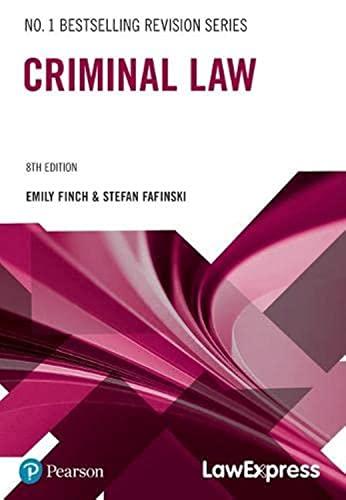Question
Module 2 Assignment #3 - Case Study - Related Services Hide Assignment Information Instructions Introduction During the IEP development process, after the specially designed instruction
Module 2 Assignment #3 - Case Study - Related Services
| Hide Assignment Information | |
Instructions | |
| Introduction During the IEP development process, after the specially designed instruction (SDI) is determined, the team focuses on identifying the related services that the student needs. During the conversation, a plethora or dearth of related services may be discussed rather than determining whether a particular service is warranted. Often, the focus of the conversation is on what is available or not available rather than what specifically the child needs. How are these services necessary to benefit the child? IDEA requires school boards to provide related or supported services to students with disabilities as determined necessary to the overall delivery of FAPE by the IEP team. IDEA defines related services as transportation and developmental, corrective, and supportive services such as speech-language pathology, audiology services, interpreting services, psychological services, physical therapy, occupational therapy, and more (Osborne & Russo, 2021). Figure 3.1 When are Related Services Required point out criteria to determine when related services are required.
Instructions Review the following case study, In re: Student with a Disability case, 71 IDELR 47 (SEA SD 2017) involving a student with complex medical conditions. The student had a hearing impairment and an orthopedic impairment. The following related services were identified on his IEP: occupational therapy, physical therapy, and speech therapy. The student required two G-tube feedings to be administered at school twice a day. He had a school nurse or personal attendant for 5 hours during the school day. Because of the risk of choking, the student required monitoring. A Mic-Key was used that was inserted into the stomach as part of the G-tube feeding process. If the tube became dislodged the Mic-Key would need to be reinserted within 30 minutes to prevent the risk of surgery. The parent trained staff that worked with her son and offered to train staff on how to reinsert the Mic-Key if necessary. The school nurse was on leave for 9 days. During this period, the parent was asked and stepped in to assist. During this time, the parent observed that no one was assisting her child throughout the school day. On another occasion, the school asked a family member to step in to assist with feeding because the nurse was absent. On a different occasion, the nurse did not assist with feeding because she was performing other routine duties. Later that spring, the parent trained staff how to reinsert the Mic-Key. About a month later, the superintendent informed the parent that the district's legal council rejected the use of the protocol and instead, staff would call 911 if necessary to reinsert the tube. The RULING An advocate for the parent filed a complaint with the Department of Education. An investigator found that there was a denial in FAPE because the district neglected to follow the IEP. More to come during Module 3 Collaborate on the grounds for the decision. Steps to Follow & Questions to Answer Step 1: Identify and list at least three important elements in the case. Step 2: Identify and list at least three things that the district did that could have been done differently. Step 3: In your current or past experiences, have you ever worried about performing a service because you were concerned about liability? Give an example. Step 4: What is your current understanding of the difference between a medical procedure and the related service of school health services? Step 5: What is your takeaway from learning about this case study and the ruling? This assignment is graded using a rubric and is worth 5 points. Note - This discussion will continue during Module #3 Collaboration. Reference Osborne, A. G., & Russo, C. J. (2021). Special Education and the Law. Thousand Oaks, CA: Corwin. Chapter 3 - Related Services, Assistive Technology, and Transition Services, pp. 41-58. Module 2 Assignment #3 Case Study Related Services Directions- PDF Document (121.0 KB). Module 2 Assignment #3 Case Study Related Services Rubric - PDF Document (71.0 KB). | |
| Due on May 19, 2024 11:59 PM |
Step by Step Solution
There are 3 Steps involved in it
Step: 1

Get Instant Access to Expert-Tailored Solutions
See step-by-step solutions with expert insights and AI powered tools for academic success
Step: 2

Step: 3

Ace Your Homework with AI
Get the answers you need in no time with our AI-driven, step-by-step assistance
Get Started


